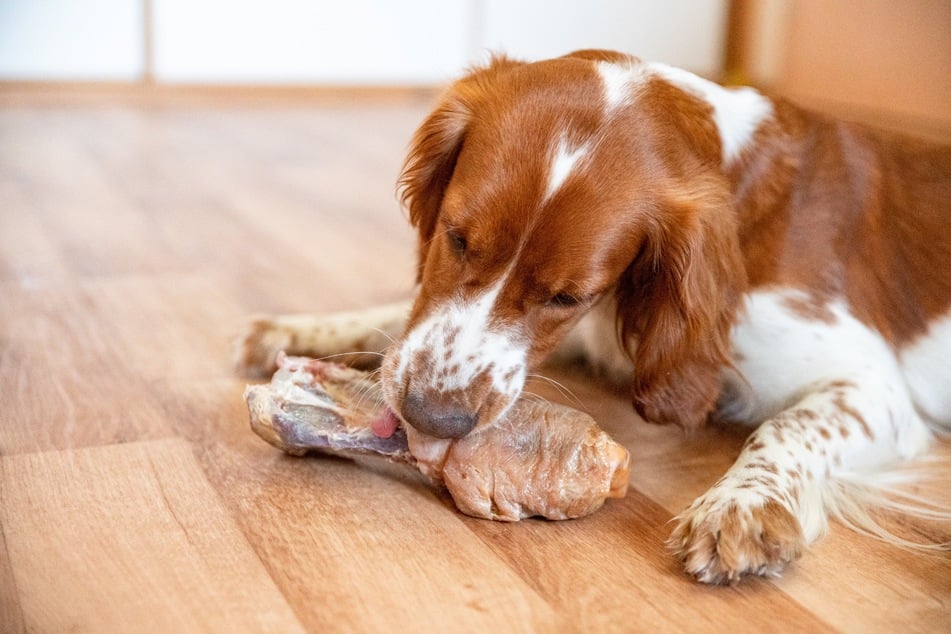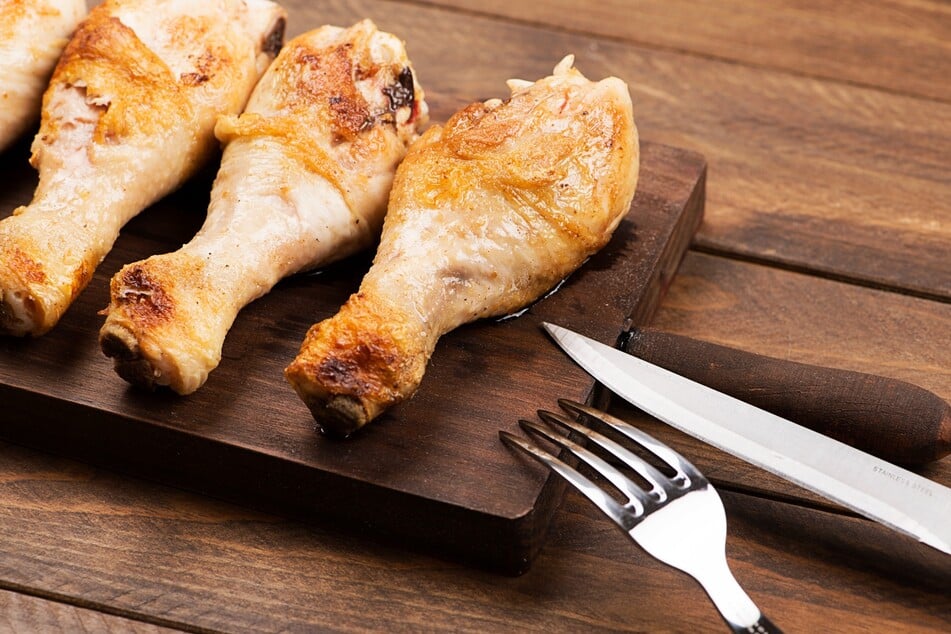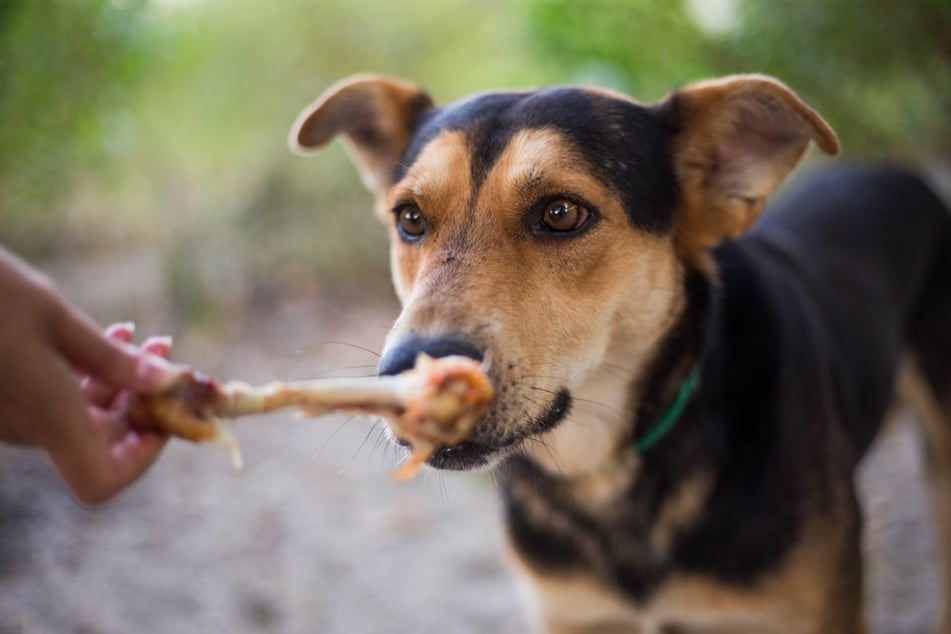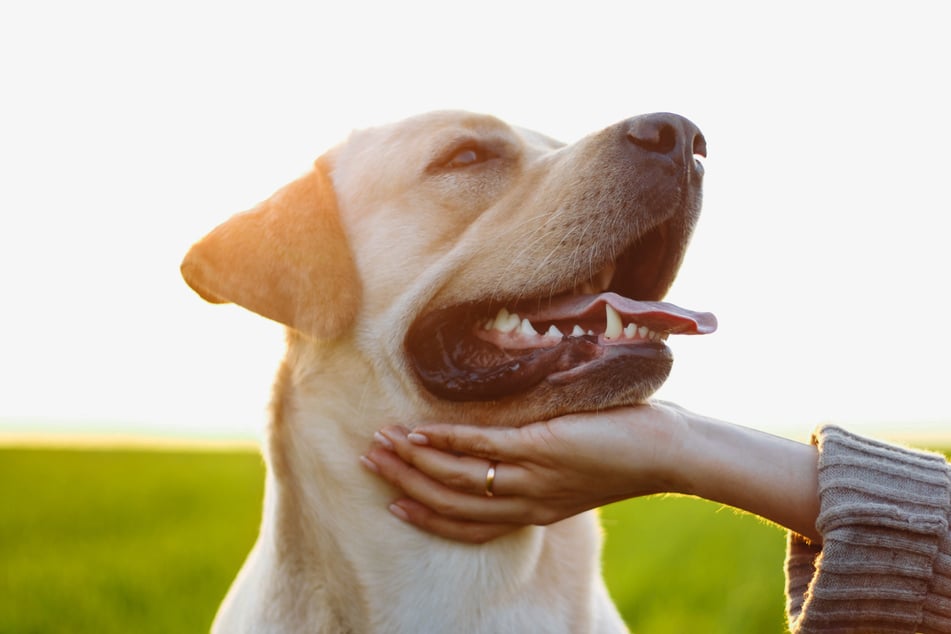Can dogs safely eat real animal bones? Health risks explained
The remains of a chicken leg, a leftover steak bone, or a calcium-rich chicken neck – is it safe for dogs to eat real animal bones? Not all. Some bones are an ideal dog snack, others are a serious danger.
Can dogs eat bones?

Human food scraps can seem like a real treat for dogs!
But can dogs eat bones? Yes, but with restrictions.
Although bones are rich in minerals and vitamins, some of them can lead to serious injuries or acute life-threatening conditions.
As long as dog owners are well informed, follow the warnings, and adhere to certain criteria when feeding bones, they can give their beloved furry friend bones to eat without worrying.
Keep reading to learn which bones are dangerous for dogs, which are good for both body and mind, and what are the advantages and disadvantages of feeding bones to dogs.
Which bones should a dog stay away from?

Most dog owners have probably heard that poultry bones can splinter and cause serious injuries to the dog's throat and gastrointestinal tract. However, this cannot be said in general terms, as this is only the case with boiled and grilled chicken bones.
The same applies to bones from other animal species such as beef, lamb, and pork. The reason for this is that heating changes the bone structure, which can cause bones to become brittle and splinter.
Therefore, only raw bones are suitable for dogs!
Furthermore, dogs should not eat bones from pigs or wild boar, as pork can be infected with a deadly virus.
Which bones can you give your dog?

Dog owners and their furry friends rejoice! There are indeed various bones that are safe and even extremely healthy for dogs.
Bones contain a number of health-promoting ingredients:
- Calcium
- Potassium
- Sodium
- Chloride
- Magnesium
- Phosphorus
- Zinc
- Biotin
- Folic acid
- Vitamin K
- Vitamin B12
In addition, the tasty bones are a welcome change for four-legged friends. Bones are also suitable for dogs as an anti-stress agent and for healthy teeth and strong chewing muscles.
The following animal bones are a safe and healthy chew for dogs:
- Beef
- Goat
- Sheep
- Rabbit
- Deer
- Ostrich
- Kangaroo
- Horse
- Pheasant
- Turkey
- Duck
- Chicken or chicken neck
The bones of young slaughtered animals are best suited for dogs as they contain a large amount of minerals and trace elements, as well as an elastic structure.
It can also be assumed that fewer harmful substances have accumulated in the bone structure than is the case with older animals.
Advantages and disadvantages of bone feeding

Although the list of safe bones is long, there are a few things to bear in mind and certain recommendations to follow. If you are unsure which bones are suitable for your dog, you should first consult a vet.
Advantages for dogs
It's clear that dogs love the taste of bones, but what other benefits does a bone diet offer?
High nutrient intake
Because bones consist largely of connective tissue and fat, they provide many important nutrients, minerals, and vitamins.
Occupation and anti-stress agent
Dogs can keep themselves busy on their own, but as soon as the activity is also tasty, it is twice as much fun. In addition, the chewing, the pleasure, and the focus on gnawing help to reduce the dog's stress levels.
Mouth hygiene and jaw training
If dogs chew on a bone from time to time, the surface of the bone can clean the dog's teeth and thus protect them from plaque and tartar. Chewing bones also trains the jaw muscles and stimulates saliva production. The latter counteracts bad odors from the dog's mouth as antibacterial compounds are formed.
Disadvantages for dogs
Despite promising benefits, there are also some factors that speak against bones for dogs.
Risk of constipation
As soon as undigested pieces of bone form solid lumps in the large intestine due to the removal of water, they can block the intestine. This is not only extremely unpleasant for dogs, but it can also seriously threaten their lives, as dogs can die from this blockage if the lumps completely block the intestine.
Internal injuries and tooth fractures
Sharp-edged pieces of bone can cause injuries in the oral cavity or the digestive tract. Under certain circumstances, they can pierce the intestinal wall and lead to internal bleeding or severe inflammation.
It is also easy for dogs to break off parts of the tooth when chewing a bone. Depending on the fracture, this can lead to severe pain. Gum inflammation can also be an unpleasant consequence if a bone irritates the gums.
Risk of infection
Because bones are only suitable for dogs when raw, there is a risk of serious infections. Unheated animal substances can multiply in the dog's body and cause serious infections.

Conclusion: Dogs are allowed to eat some bones
Many bones are very suitable as a healthy and fun dog snack. However, you should always make sure that they are fresh and raw. You should also bear in mind that the calories in meaty bones are added to your dog's daily diet, so there is an added risk of obesity.
The fact is, dogs are allowed to eat bones – but dog owners are advised to follow a few guidelines.
To be on the safe side, dogs should only chew on bones under supervision, or you can offer them attractive alternatives such as chew toys or natural snacks.
Cover photo: 123RF/eliskadlecova



